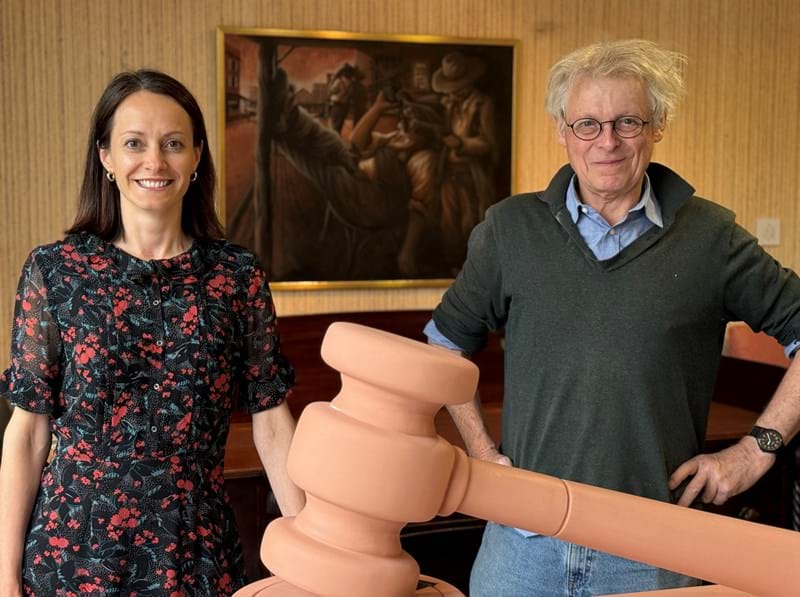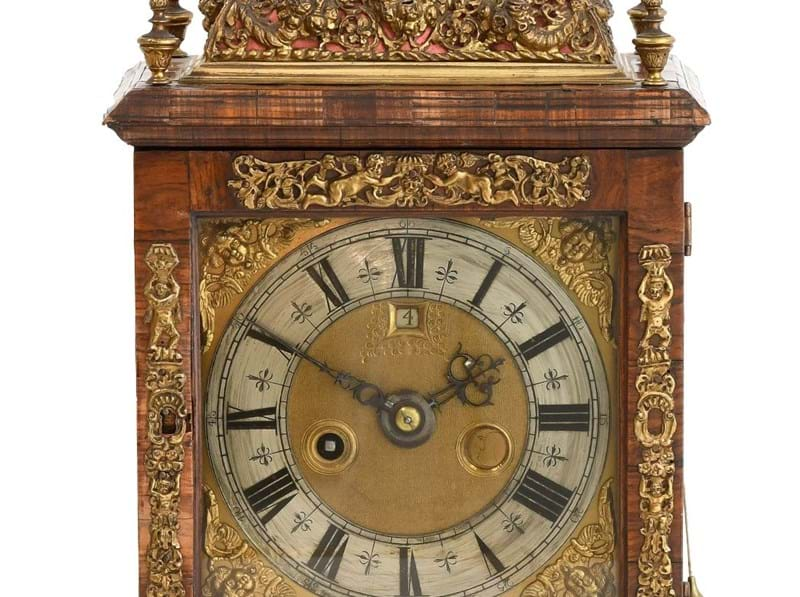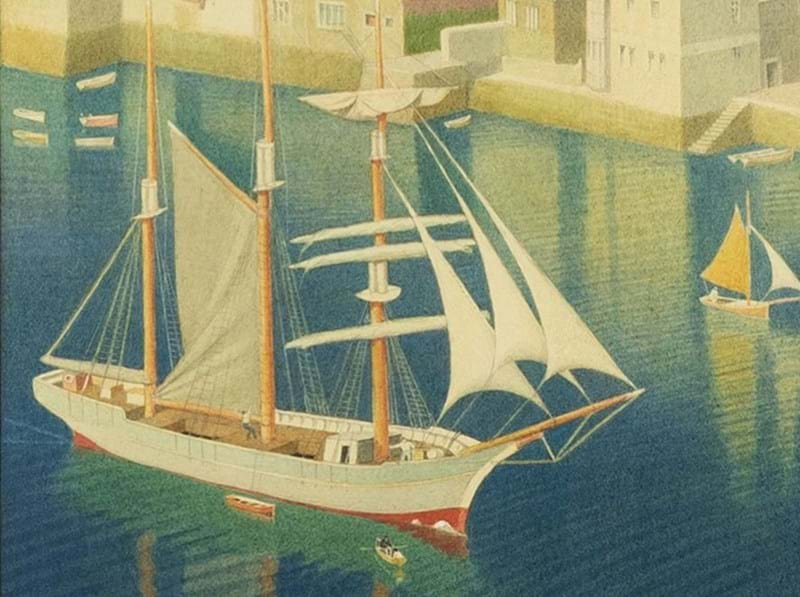Omar Ramsden was one of the most acclaimed and successful silversmiths of the early 20th century and a key influence on both silversmithing and the Arts and Crafts movement in general. His work remains highly prized today, resulting in a buoyant market at auction.
News & Insights
Omar Ramsden: Arts & Crafts Silversmith
Ramsden was born in Sheffield in 1873, the son of a electroplate and silver engraver and manufacturer. After a short-lived emigration to America, the Ramsden family returned to Sheffield and the 15-year-old Omar was apprenticed to a firm of silversmiths in the city famous for its production of silver cutlery. During his apprenticeship Omar attended evening classes at Sheffield School of Art, one of the most respected art schools of the era. It was here that he was to meet his great friend and future business partner Alwyn Carr, who came from a wealthy Sheffield family.
After winning the 1894 Sheffield Corporation Scholarship, Omar began studying at the School of Art full time and undertook short courses at the Royal College of Art in London. In 1897 his horizons were further expanded when he departed for a year in Europe with Alwyn, funded by the Carr family. It was during the same year that Omar won a prestigious open competition to design a mace for the City of Sheffield. His design was for an intricate hand-beaten mace, on which he collaborated with Alwyn (who was as gifted in the practical arts of silversmithing as Omar was at design).
With this accolade behind him, Omar left the School of Art a year early and set out for London with Alwyn to set up in business together, backed financially by the Carr family. Starting out in a Chelsea workshop, the duo soon fitted in with London’s artistic circles and began producing silver inspired by Medieval design and the natural world – a reaction against the stultifying world of Victorian design.
After early success, Ramsden and Carr settled in a studio and workshop in Seymour Place, Fulham, with a handful of assistants. The firm produced a wide range of silver for domestic, ceremonial and religious commissions. Alwyn’s technical know-how and Omar’s flair for design and networking amongst influential Londoners began to pay off.
By 1912, the studio had become a fashionable ‘salon’ – a place for artistic friends to come and socialise. Their reputation was at its peak, and their handcrafted silver was much in demand. However, the partnership was not to last. Alwyn enlisted in 1914 and was injured and invalided out of the army in 1918. Omar had stayed behind and carried on the business, but by 1919 too much had changed between the friends and the business split. Omar by now had his own circle of influential friends and advisors, the most significant of which was Mrs Annie Downs-Butcher who would go on to marry Omar after her husband’s death. Indeed, she would take over the running of the business after Omar’s death in 1939 – continuing his legacy of hand-crafted silver.
Today at auction, the most commercial pieces by Omar Ramsden are of a practical rather than academic nature – with wine coasters and candlesticks and the like being much in demand. Decorative boxes with pretty enamel-work are highly prized too, but the most sought-after item is his signature mazer (a turned wood drinking vessel, often with a metal or silver rim, first made in the 13th century). Spoons are amongst the most commonly found forms of Ramsden silver at auction, and prices start around £200-300 – with the rarer caddy spoons reaching into the thousands.
As with every item of silver, pieces by Omar Ramsden are clearly marked. Between 1897 and 1919, pieces were marked ‘Rn & Cr’ for Ramsden and Carr, and from 1917-1938 pieces were marked ‘OR’ for Omar Ramsden. Omar also used to inscribe pieces with ‘Omar Ramsden Me Fecit’ (Omar Ramsden Made Me).
An Arts and Crafts Silver Wine Goblet, made by Omar Ramsden in 1919 is coming up for sale in the 2019 Spring Fine Art Sale. Decorated with a band of meandering thorns, a twisted tapering stem and an openwork foliate band to the circular foot, the goblet is inscribed with the signature ‘Omar Ramsden Me Fecit’. Given as a christening present to the vendor’s father in the 1920s, the goblet is offered with an estimate of £1,000-1,500 plus buyer’s premium.
< Back to News

23rd July 2025, 10:30
Plan your visit to our Leyburn Head Office and Salerooms, or our Harrogate and London Offices
Get your antiques and collectables valued by our team of specialists.













